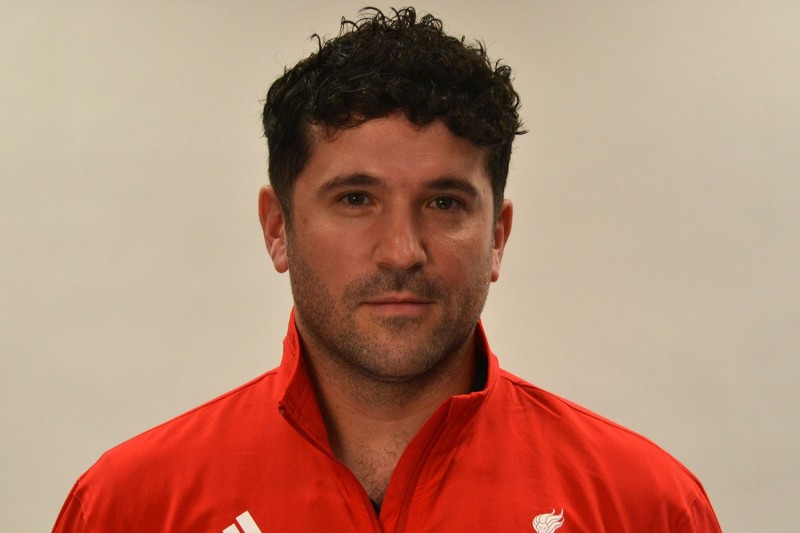By Jeffrey Wale, Lecturer in Law
A young girl born with Foetal Alcohol Spectrum Disorder is not entitled to criminal injuries compensation from her mother drinking excessively while pregnant, the Court of Appeal has decided.
It was alleged that the child (called “CP” in proceedings) was born with the disorder from her mother’s drinking, which included a half-bottle of vodka and eight cans of strong lager a day, in circumstances where the mother was aware of the danger of harm to her unborn child. As such, it was argued, the child should be entitled to compensation from the government-funded Criminal Injuries Compensation Authority (CICA) as an “innocent victim of crime”.
The story behind the case, brought on her behalf by the local authority funding her care, has stirred up considerable public and media debate and raises issues about the role of the criminal law and the burden of risk-taking behaviour during pregnancy.
Compensation for criminal injury
The rules under which the CICA administers the scheme were amended to exclude people with Foetal Alcohol Spectrum Disorder, but CP’s claim was considered under an earlier 2008 version of the rules. It was not disputed that CP had suffered injury. The central issue was whether she was a “victim of crime,” and if so, whether it was a crime of violence. There was also a further issue about whether the mother had the necessary “guilty mind” and whether this issue had been satisfactorily addressed by an earlier tribunal decision.
The mother was never prosecuted or convicted of a crime. However, CP alleged that her mother had committed a crime under section 23 of the Offences Against the Person Act 1861; namely that she had unlawfully administered to “any other person any poison or other destructive or noxious thing” and as a result had inflicted grievous bodily harm. There was no dispute that the mother had administered the relevant “thing” as a result of her excessive alcohol consumption or that CP had sustained the necessary degree of harm – what was in issue was whether CP was “any other person.”
The court’s decision
The Court of Appeal determined that CP was not “any other person”. Applying an earlier decision of the House of Lords that had concluded that a foetus was not to be regarded as “another person” despite finding that it was a “separate organism from the mother”.
The court also ruled against CP’s alternative argument that equated her situation with the offence of manslaughter. This argument relied on the premise that a foetus becomes a person when it is born. The problem for CP was that the conduct element of the section 23 offence required the administration and the infliction of harm to be on “a person”. Infliction of harm on a foetus would not suffice.
Crucially, then, CP’s attempt to argue that some harm was caused after birth was also rejected: the foetal alcohol spectrum disorder was caused before her birth. Any post-birth suffering was regarded as a consequence of the harm suffered in the womb. As a result of these conclusions, the court did not find it necessary to reach any definite conclusion on the crime of violence issue. The court also accepted that the earlier tribunal had made sufficient findings and given sufficient reasons in relation to the mental element of the section 23 offence.
Legal protection for the foetus
Does this mean that the foetus has no protection under the criminal law in England and Wales? The court was keen to highlight the legal protection that was available. Sections 58 and 59 of the 1861 act provide criminal offences where there is an intention to kill the foetus prior to birth. So a mother who uses poison with intent to procure her own miscarriage is committing an offence.
Further, Section 1 of the Infant Life (Preservation) Act 1929 provides that it is an offence to destroy the life of a child capable of being born alive. Again the offender must have a certain guilty mind: intent to destroy the life.
A woman who drinks excessive alcohol during pregnancy may foresee risks to or for the unborn child as result of her conduct but foresight of some risk is not sufficient to show that she had the necessary “guilty mind” for these offences. It should also be highlighted that a doctor who complies with the requirements of the Abortion Act 1967 does not commit these offences even if there is an intention to procure the miscarriage or death of the foetus.
The court also highlighted that a pregnant woman does not owe a civil duty of care to her unborn child and the child when born cannot bring a civil claim against her for harm caused during the pregnancy (except where the harm had been caused by her driving a motor vehicle). The court suggested that the law would be incoherent if a child was denied civil compensation but allowed criminal injuries compensation on the basis that her mother was criminally liable.
The state of things
Because CP’s claim was made by a local authority, it set up a situation where one organ of the state was claiming compensation against another. This raises a question about the role of the state in circumstances where conscious risk taking results in harm. Master of the rolls, Lord Dyson – the third most senior judge in England and Wales – made it clear in his judgement that:
The role of the state in these circumstances should be to provide care and support for the child who has suffered harm to the extent that this is necessary. It should not be to pay compensation on the basis that the child is the victim of a crime by her mother.
Much can be said about the awareness of the risks of excessive alcohol consumption during pregnancy and the extent to which these risks can be foreseen in circumstances like this case. However, it is legitimate to consider where and how the burden of conscious risk taking should fall in society. Given that a large number of similar claims for compensation by children allegedly harmed by alcohol in the womb were reportedly awaiting the outcome of CP’s appeal, this case makes clear, for now, that the criminal law (and the criminal injuries compensation scheme) is not the appropriate vehicle to address these issues.
![]()
This article was originally published on The Conversation. Read the original article.



